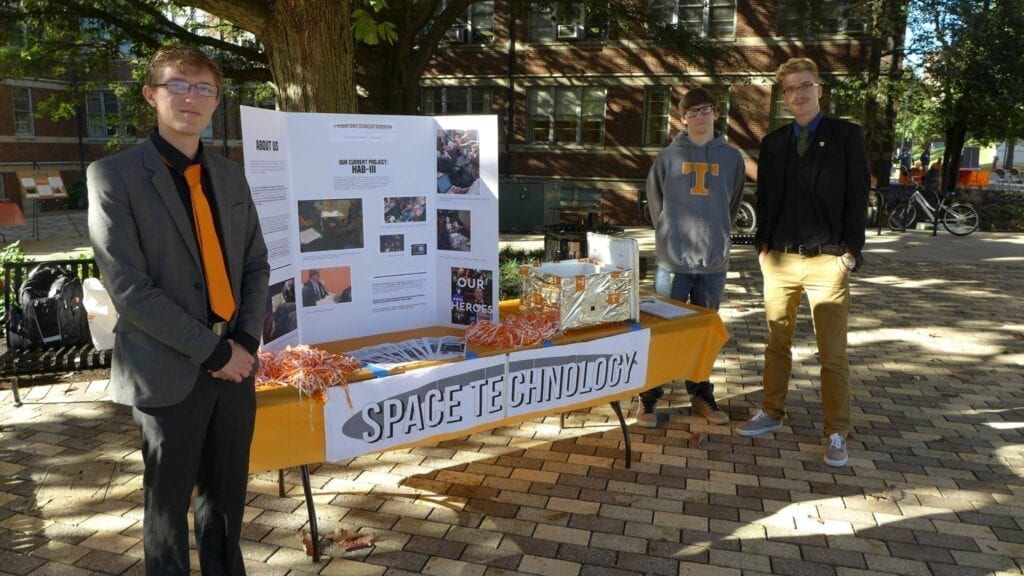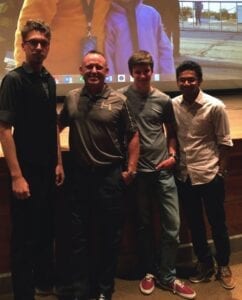Club Week: Student Space Technology Association creates out of this world projects
In the fourth feature of TNJN’s Club Week, assistant news editor Benjamin Webb profiles a group that focuses on space and engineering. The Student Space Technology Association at UT allows students with a passion for space and technology to create out of this world projects.

[title_box title=”Club Week: Student Space Technology Association creates out of this world projects”]
Every Tuesday evening in Hodges Library, students can be found on all floors either studying, working on projects or just hanging out with friends. However, members of the Student Space Technology Association at UT can be found working on peculiar projects such as high-altitude balloons or rocketry. These students belong to a club that primarily focuses on space and engineering.
Also known as the Volunteer Space Program, this club gives students the opportunity to work as a team in order to complete a variety of projects. They work on anything from building rockets and weather balloons to designing a space station while working out the logistics of how to get it into orbit around the Earth.
“Our primary function is an engineering team,” said Grayson Hawkins, one of the group’s key members. “We design and build space-related technology.”

Since its creation, the Student Space Technology Association has gained 42 members with all types of STEM (Science, Technology, Engineering and Mathematics) majors being represented by both undergraduates and graduate students alike.
The group is currently working on their last project for the semester; a rocket that will, according to Hawkins, use “… a PVC/concrete G-class motor that will burn KN/SO (Potassium Nitrate/Sorbital) solid fuel.” The rocket is being made entirely from scratch, as well. Although the designs are in the early stages as of now, they are confident that they will finish it by the end of the semester.
They also have a competition team that will be entering a NASA mission architecture design competition where they are tasked with creating an Earth-independent space station using a projection of NASA’s current budget. More information about this competition can be found at their website.
One aspect of their club structure that they take pride in is their allowance of non-executive members to be given the opportunity to lead certain projects they work on. This way, they help give students the ability to learn how to lead their own projects while gaining experience necessary for future projects.
They also stress the need for advocating space as a reachable frontier. On their website, the club states that, “Within the past few years, it has become more and more evident that humankind is within centuries of becoming a multiplanetary species. Aside from devoting our own lives to achievement and the progression of space technology, the Student Space Technology Association’s greatest legacy will come from the inspiration of the next generation of engineers, mathematicians and physicists.”
“Everyone is enthusiastic and passionate about the rapidly growing U.S. space/satellite industry and about NASA and advancing the space frontier,” Hawkins said. “Real fun stuff for space nerds.”
Information about the Volunteer Space Program can be found at their website, and on their Facebook page.
Featured image courtesy of SSTA
Edited by Jessica Carr



